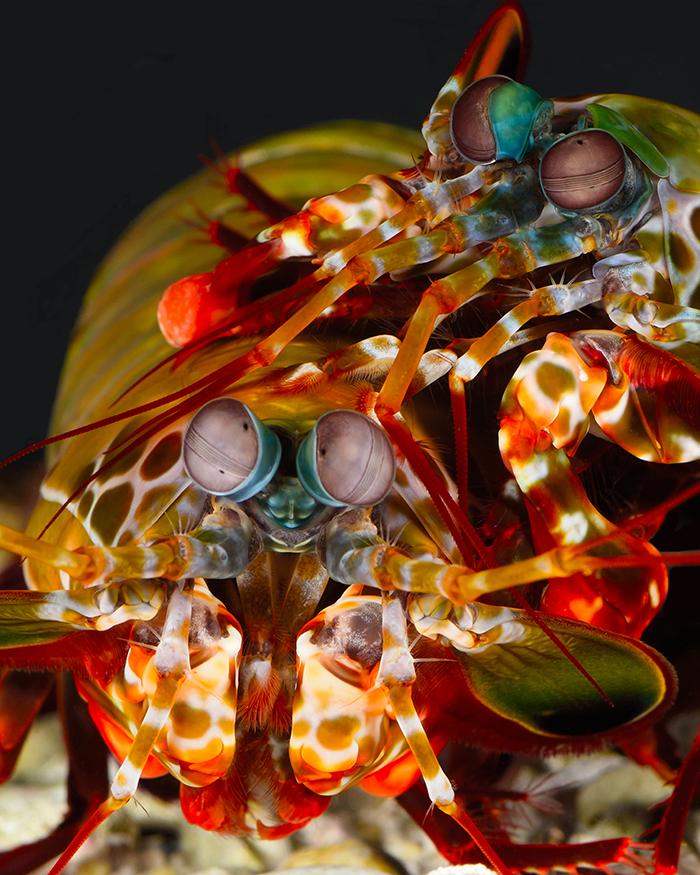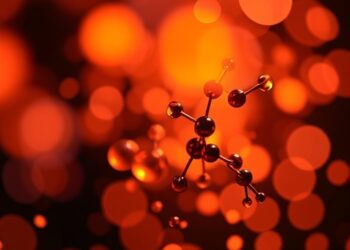
Credit: Marshall laboratory / The University of Queensland
Marine animals such as mantis shrimp and squid have inspired a new mode of underwater navigation that allows for greater accuracy.
University of Queensland Queensland Brain Institute (QBI) scientists are part of a group of researchers who have developed the technique using imaging equipment that was sensitive to polarising light.
The researchers built polarisation sensors that were able to determine the sun's position in the sky based on patterns of light underwater.
Dr Samuel Powell said the discovery took inspiration from marine animals including mantis shrimp and cephalopods (squid, cuttlefish and octopus), which use polarisation to communicate.
"We studied marine animals as we believe some species could be using the polarisation of light to navigate, and our new study is a proof of concept that this is possible," he said.
People cannot perceive polarised light without the help of special lenses, which are often found in sunglasses.
The new method would enable more accurate and cost-effective long-distance navigation.
"Most modern navigation techniques don't work underwater. Satellite-based GPS, for example, only works to a depth of about 20centimetres," Dr Powell said.
"Underwater, visibility is also limited, so relatively old technology such as lighthouses don't work, because the farthest distance you can see is around 100 metres."
"Currently, research submarines use GPS systems at the surface, and when they descend–for example, to measure salinity at different depths–they rely on dead reckoning to calculate their position.
"The error in this case is unbounded–that is, the longer without GPS, the more erroneous your calculation can be."
"Using polarisation sensors, our method would allow for real-time geolocalisation underwater with more accurate long-distance results, without the need to resurface periodically."
The technique could enable navigation at depths up to 200m below the ocean's surface.
The research was done in collaboration with colleagues at Washington University, and Viktor Gruev at the University of Illinois at Urbana-Champaign.
The study, "Bioinspired polarization vision enables underwater geolocalization", is published in Science Advances.
###
Media Contact
Donna Lu
[email protected]
61-405-661-856
@uq_news
http://www.uq.edu.au
Related Journal Article
http://dx.doi.org/10.1126/sciadv.aao6841




